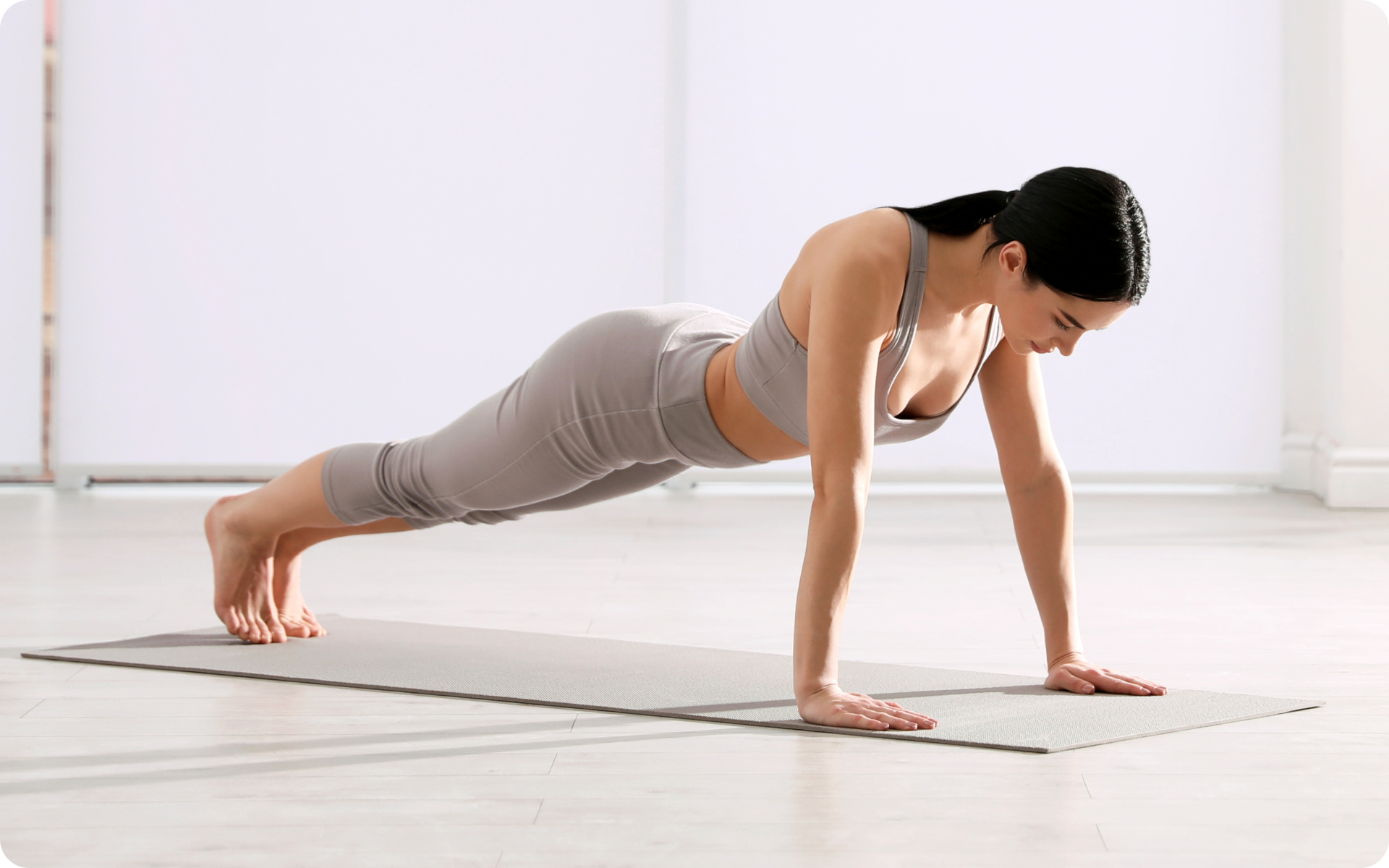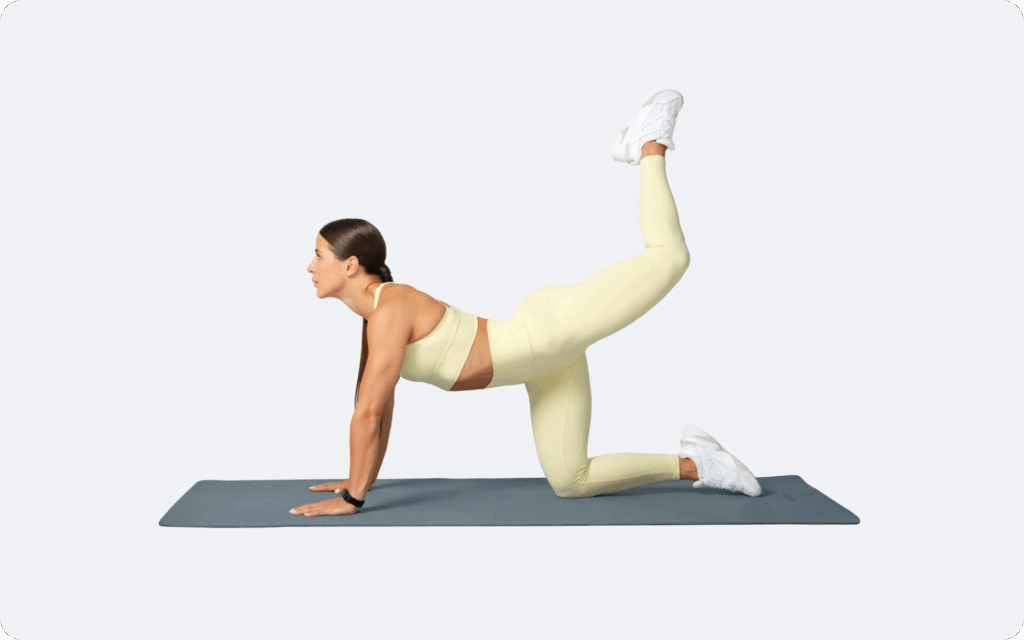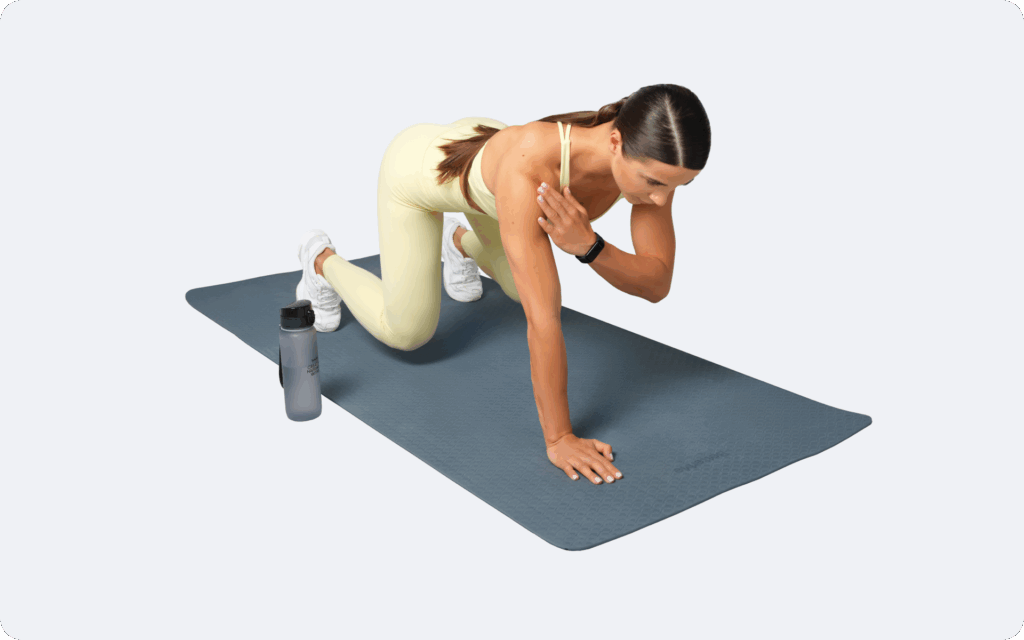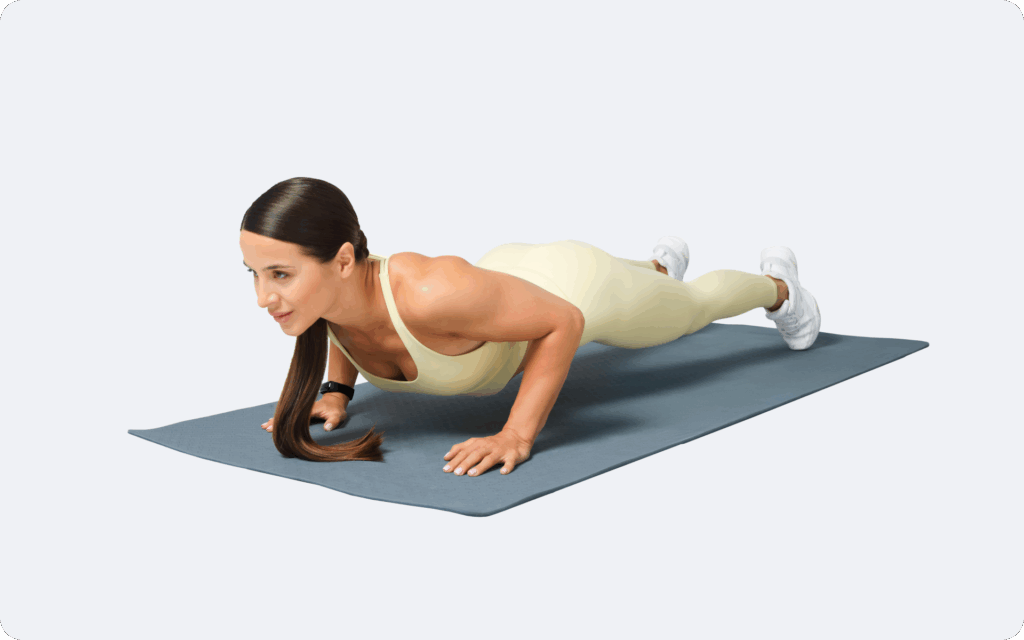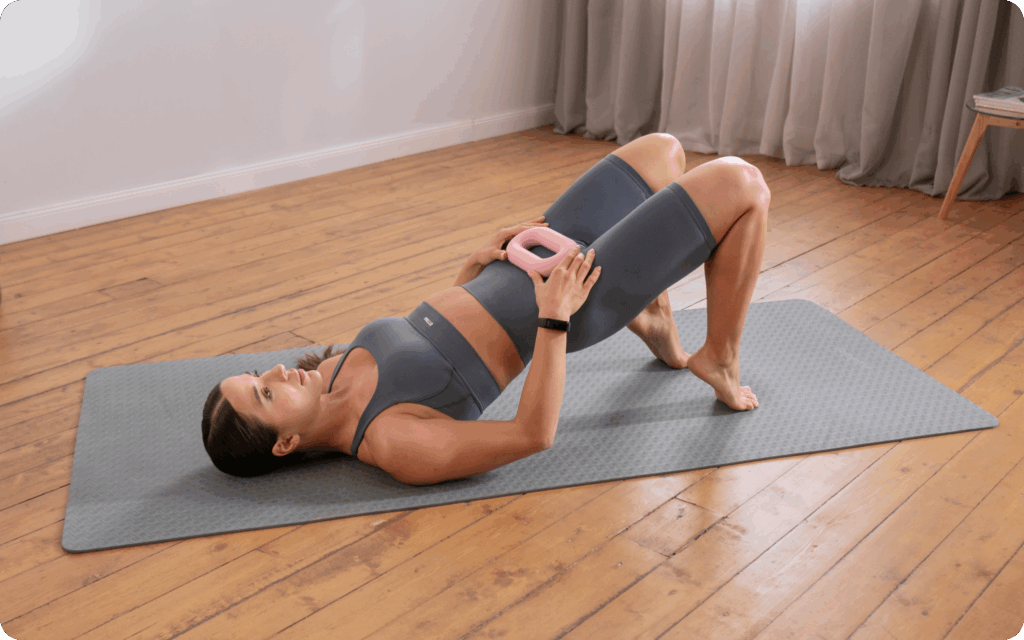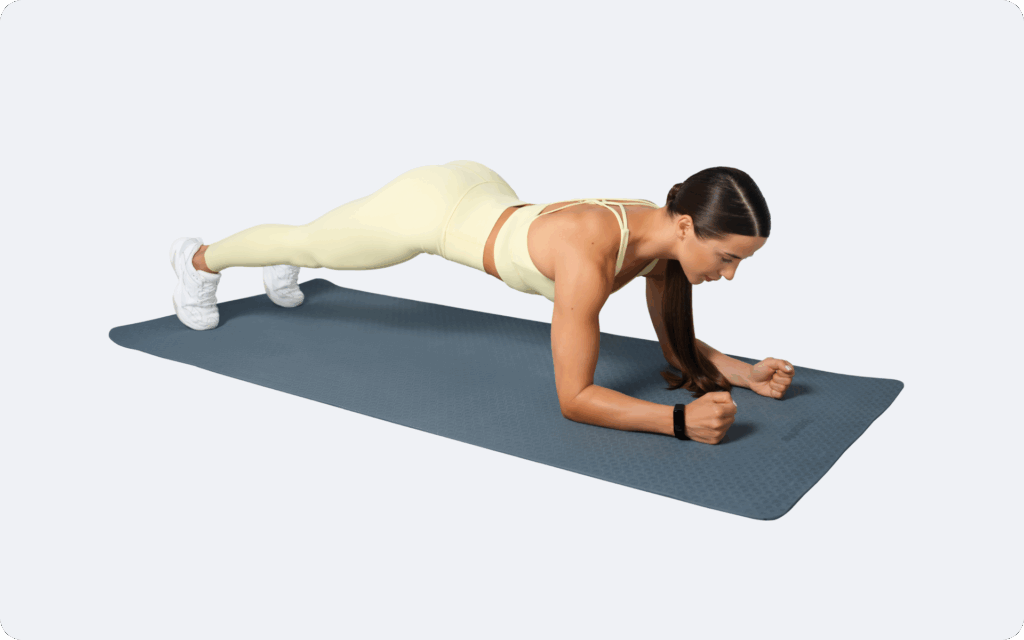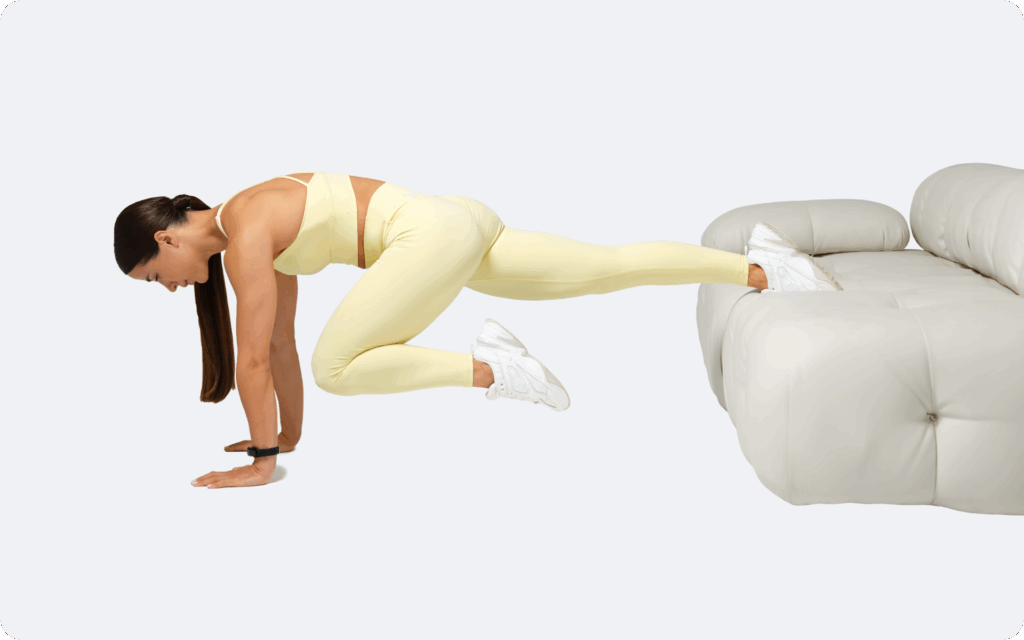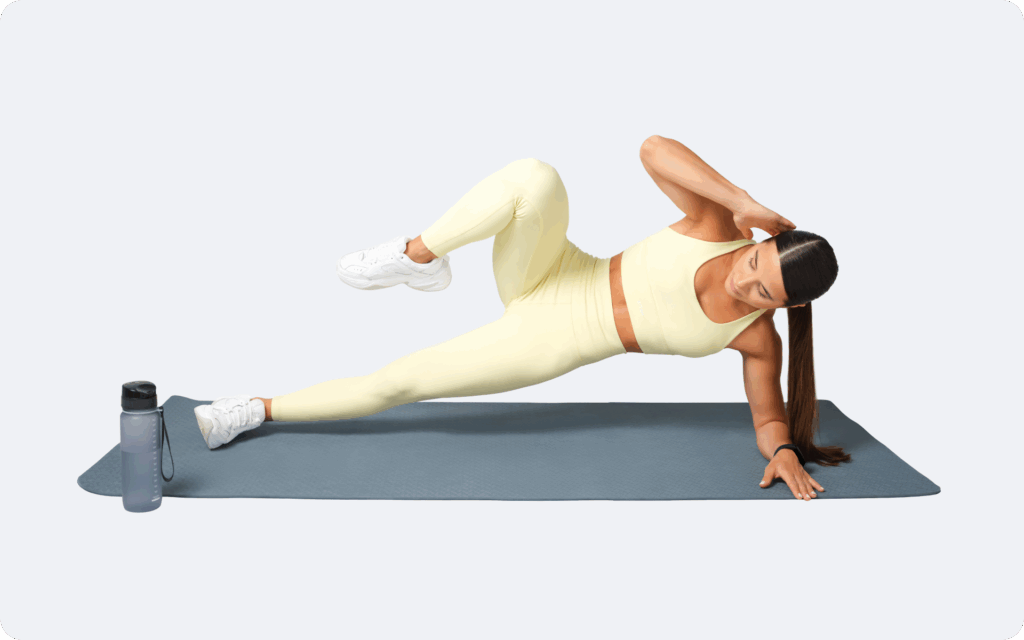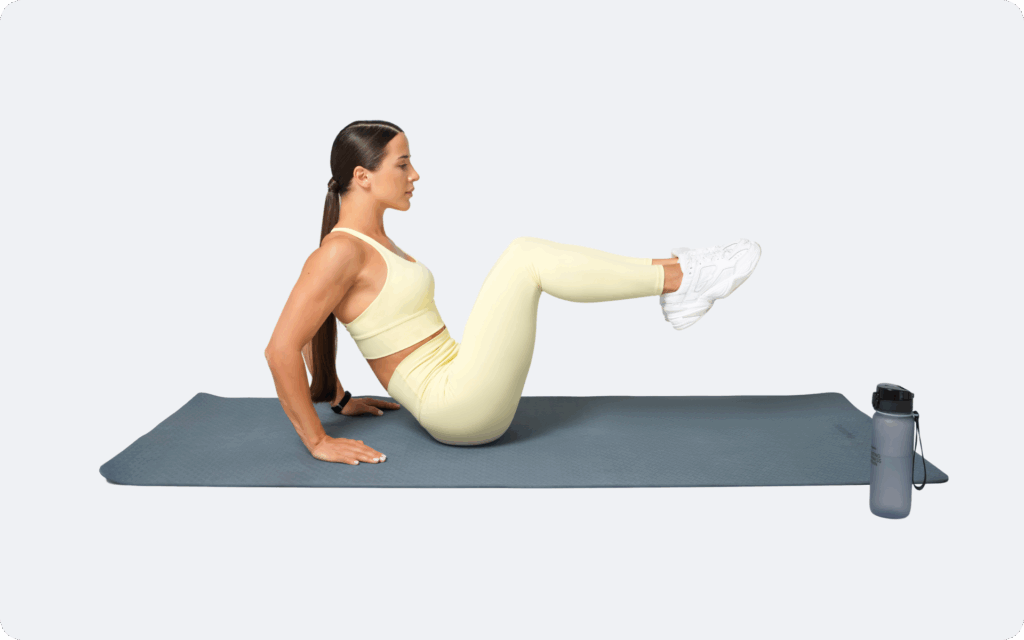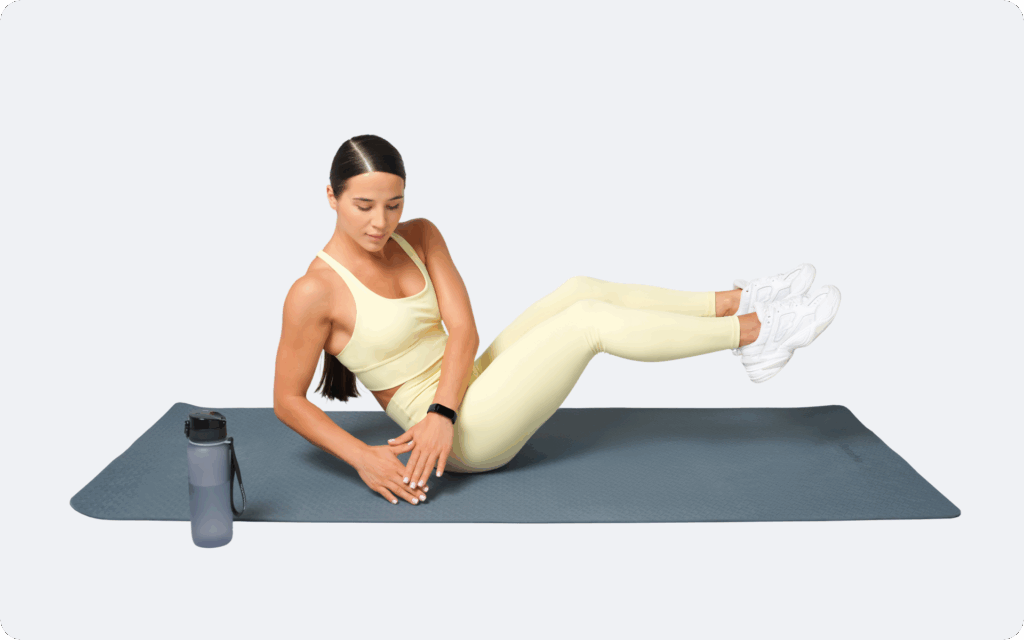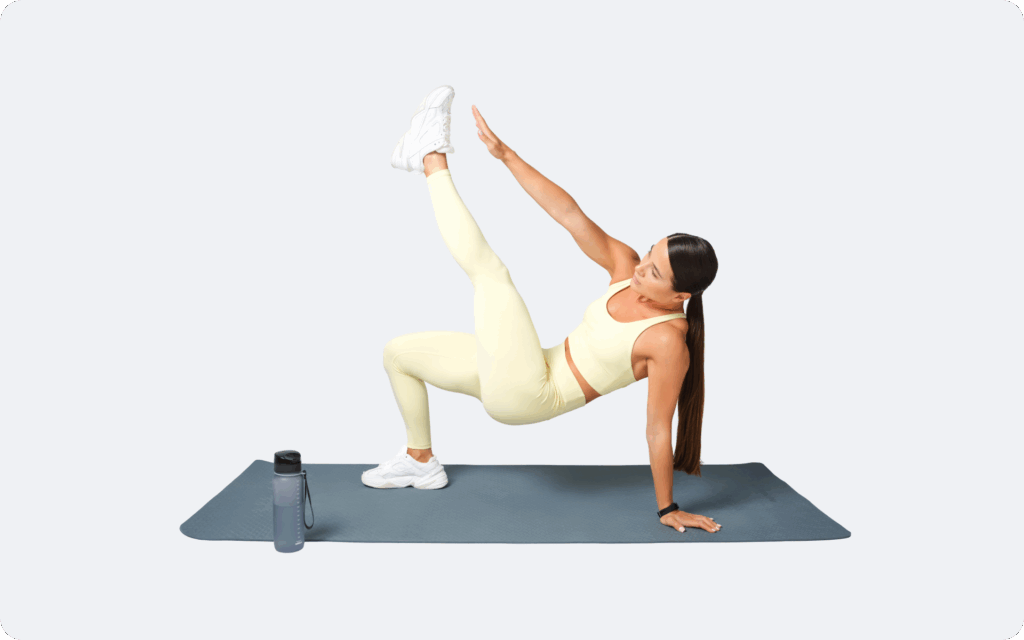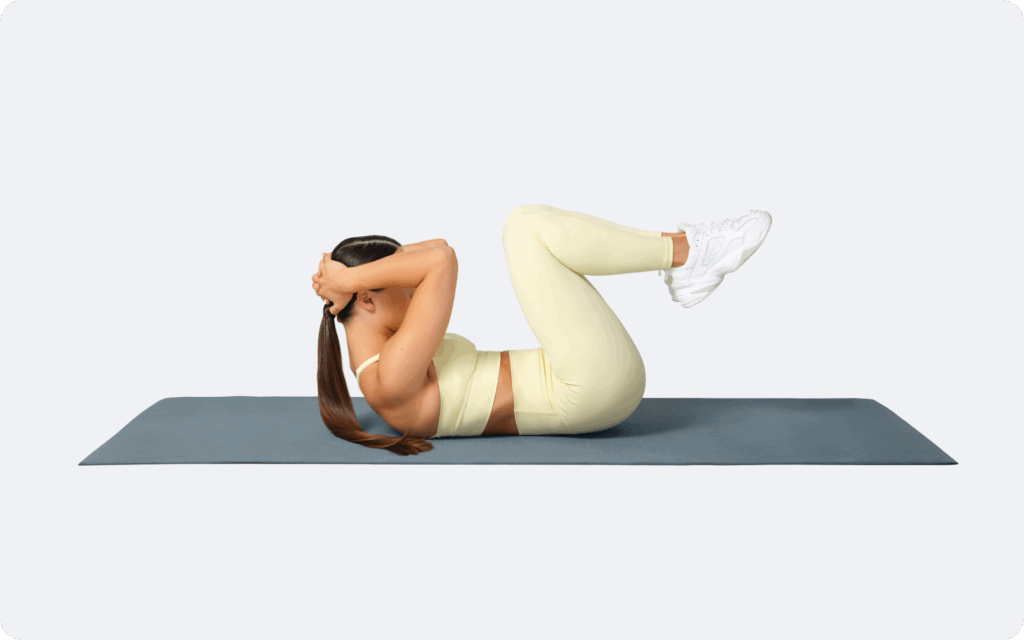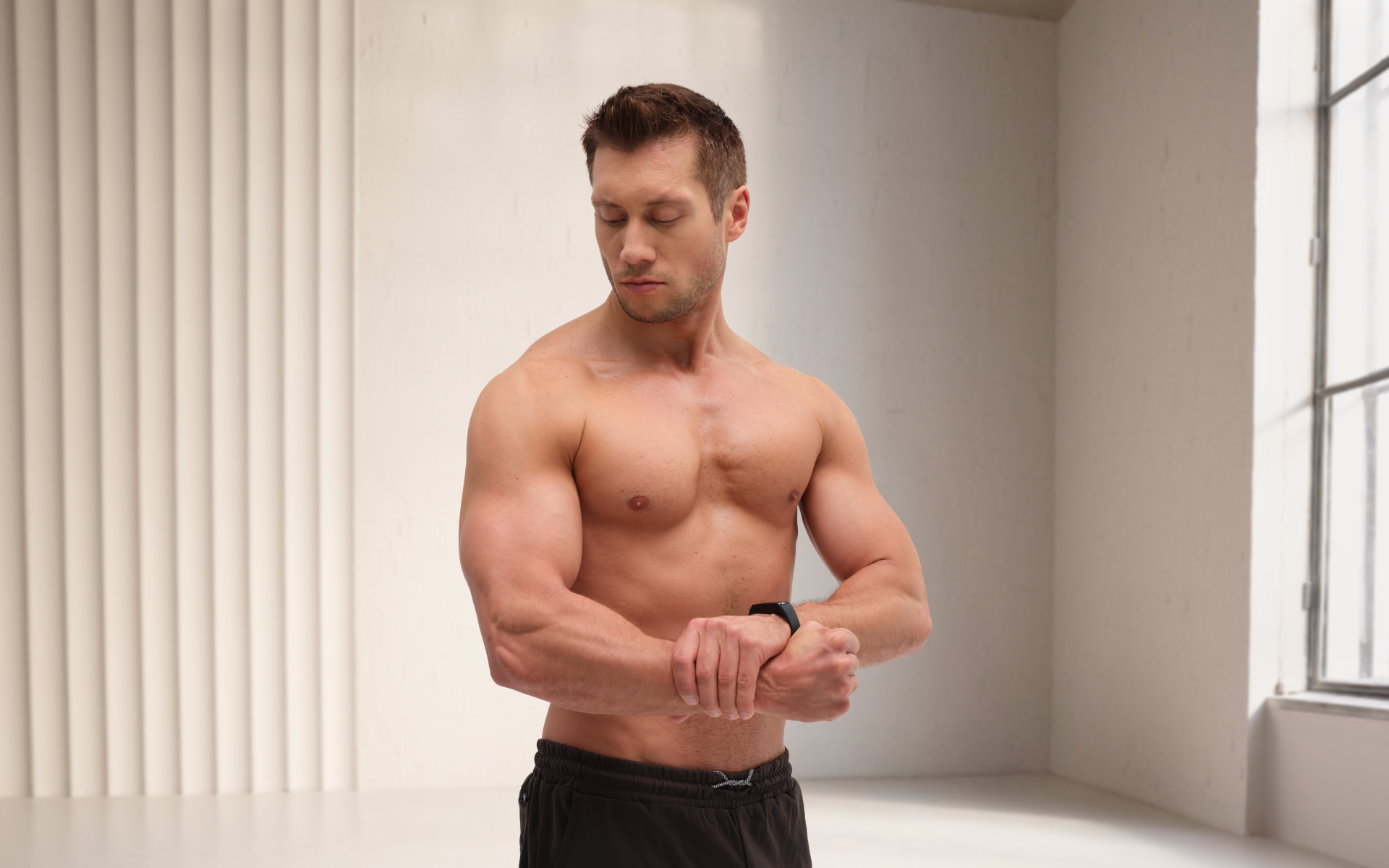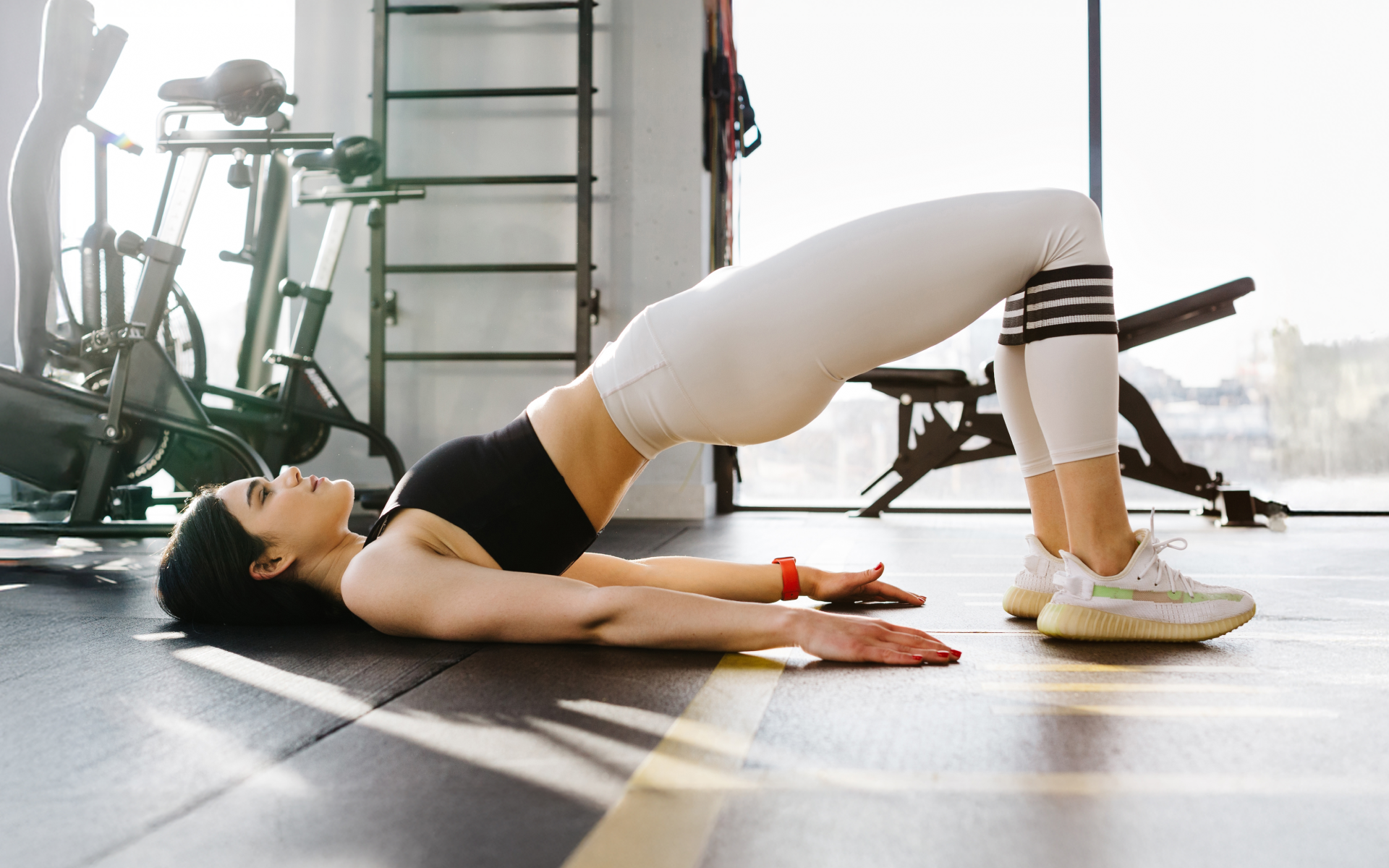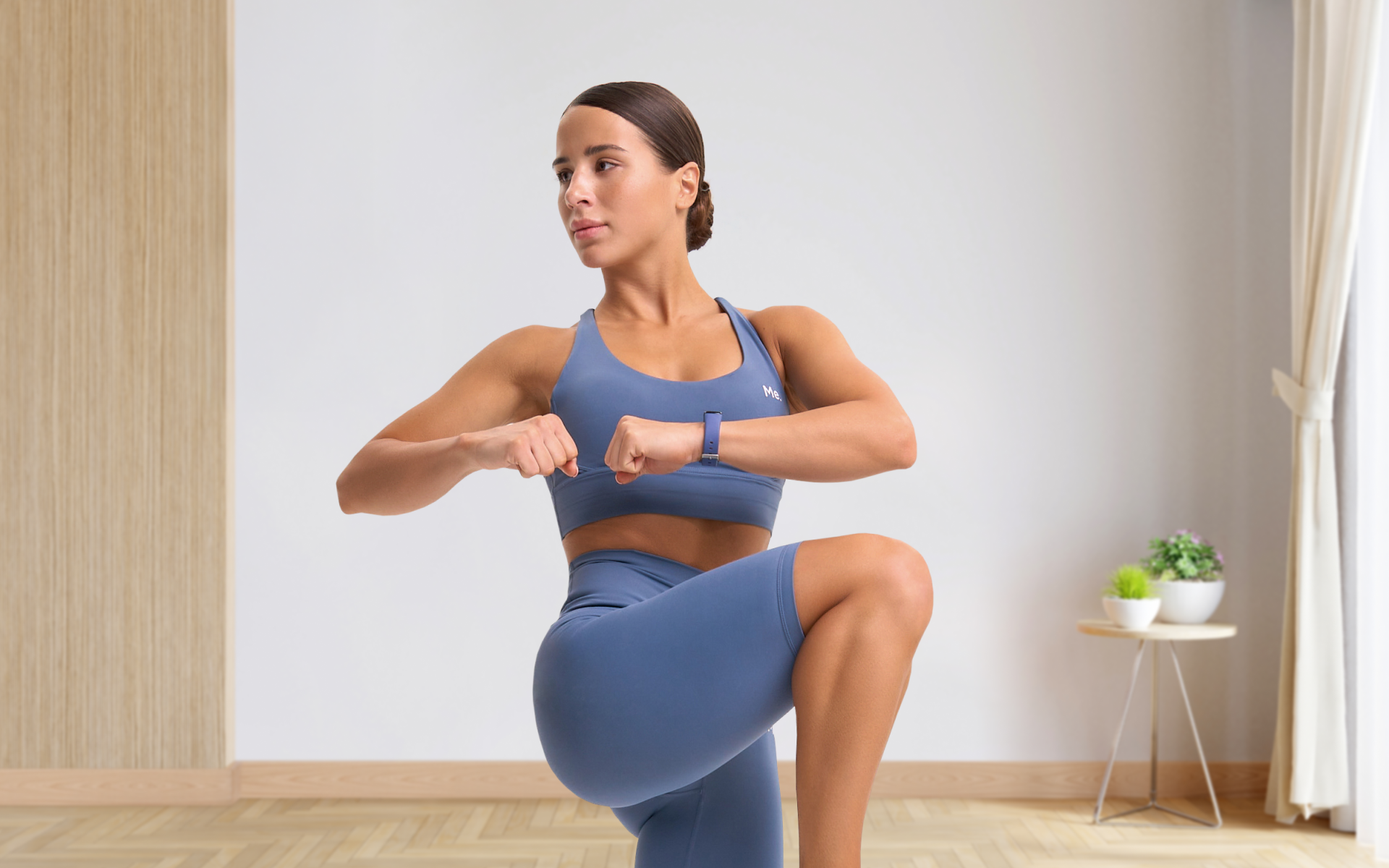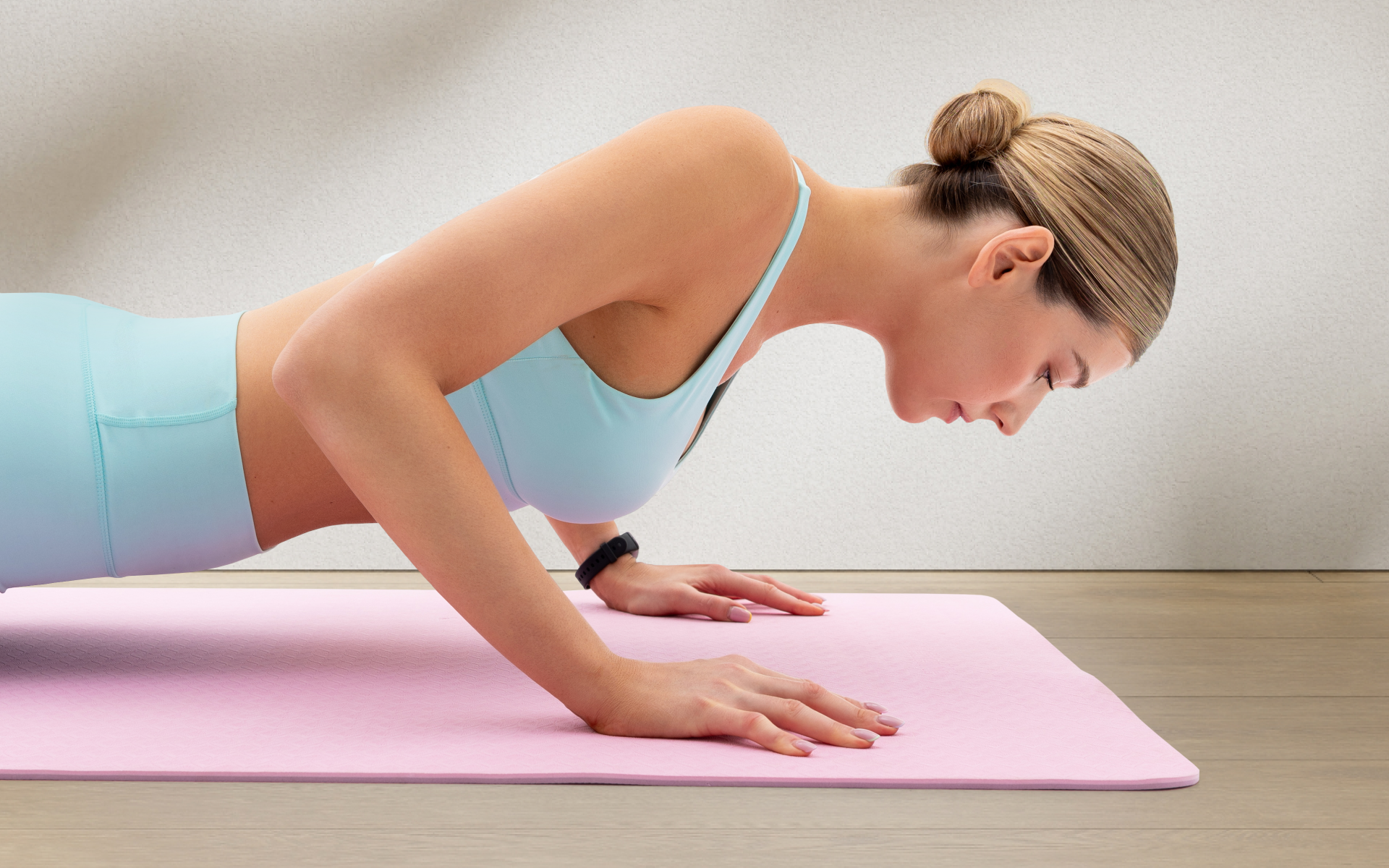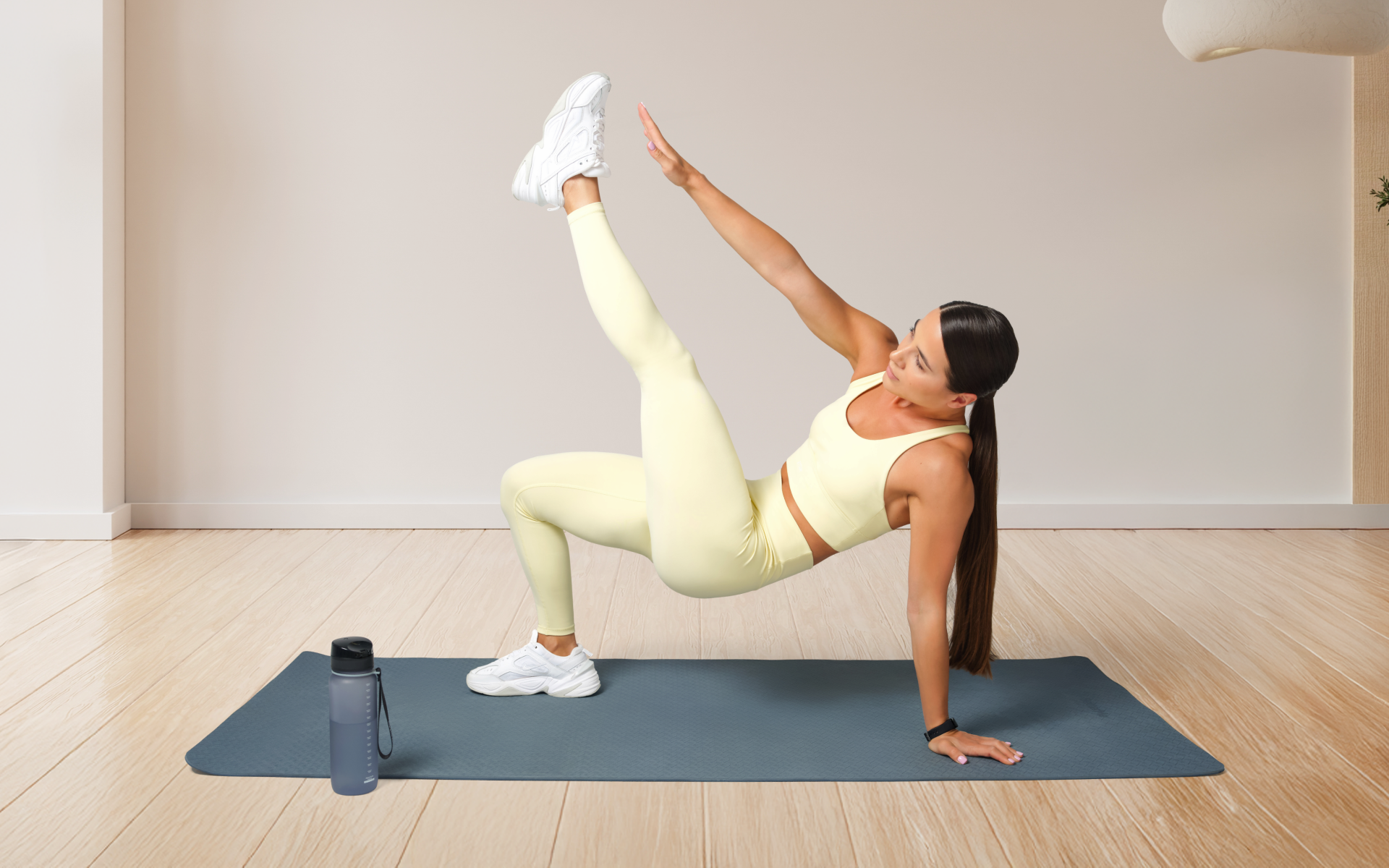Building strength without setting foot in a gym isn’t just possible, it’s incredibly effective. Your body provides everything you need to develop impressive muscle mass, functional strength, and athletic performance.
Calisthenics is incredibly accessible. No monthly fees, no crowded facilities, just you and gravity working together to forge a powerful physique. Elite athletes, military personnel, and fitness enthusiasts all over the world rely on bodyweight training for one simple reason: it works.
This comprehensive guide will take you through everything you need to know about full-body calisthenics workouts. You’ll discover how to build muscle, increase strength, and create sustainable fitness habits using nothing more than your body weight and the floor beneath your feet.
Can You Do a Full-Body Workout with Calisthenics?
Absolutely. Calisthenics can deliver a complete full-body workout that rivals any gym session.
The key advantage of calisthenics is its emphasis on compound movements. Unlike isolation exercises that target single muscles, bodyweight exercises engage multiple muscle groups simultaneously (1).
When you perform a push-up, you’re not just working your chest, you’re activating your shoulders, triceps, core, and legs for stabilization (2, 3).
The Science Behind Full-Body Calisthenics
Research has shown that compound movements such as those found in calisthenics produce superior results for:
- Muscle activation: Multiple muscle groups work together, creating greater overall stimulus (1).
- Functional strength: Movement patterns translate directly to real-world activities (1).
- Hormonal response: Compound exercises trigger greater release of growth hormone and testosterone (4, 5).
- Time efficiency: Work more muscles in less time compared to isolation exercises (1).
Reasons why BetterMe is a safe bet: a wide range of calorie-blasting workouts, finger-licking recipes, 24/7 support, challenges that’ll keep you on your best game, and that just scratches the surface! Start using our app and watch the magic happen.
Potential Drawbacks to Consider
While calisthenics offers tremendous benefits, there are some limitations that need to be acknowledged:
Progression challenges: Unlike adding weight to a barbell, increasing difficulty in bodyweight exercises requires learning new movement patterns or adjusting leverage. This can create gaps where you’re too strong for one exercise but not ready for the next progression.
Timeline of progress. It can sometimes feel as if your progression is slow. This is largely due to having to perform the same exercises as progress can be difficult to identify. With weights, it’s obvious when you put on a heavier load, while with calisthenics workouts, it’s just reps and working on newer movements.
Lower-body limitations: Your legs are incredibly strong. While upper-body calisthenics can challenge you for years, lower-body exercises may become too easy without added resistance.
Specificity concerns: If your goal is maximum strength in powerlifting movements or extreme muscle mass, traditional weight training may be more appropriate.
Despite these considerations, full-body calisthenics workouts provide an excellent foundation for strength, muscle development, and athletic performance.
Read more: Calisthenics for Lower Body: 10+ Exercises for Strong, Muscular Legs
Can You Do a Full-Body Workout with No Equipment?
Yes, and the research supports this approach entirely.
Studies have consistently shown that bodyweight exercises can produce significant strength and muscle gains.
A 2017 study published in the Journal of Exercise Science & Fitness found that participants who followed a bodyweight training program experienced improvements in muscle mass and strength comparable to those who used traditional weights (6).
The Equipment-Free Advantage
Training without equipment offers unique benefits:
- Proprioception development: Your body learns to control itself in space, which improves your balance and coordination (7).
- Functional movement patterns: Exercises translate directly to daily activities and sports (8).
- Cost-effective: Zero equipment costs, no gym memberships required.
- Convenience: Train anywhere at any time.
Where Equipment-Free Training Falls Short
Progressive overload limitations: The biggest challenge with no-equipment training is continuing to challenge your muscles as you become stronger. While progression methods exist (lever adjustments, single-limb variations, isometric holds), they have natural limits.
Lower-body development: Your legs can generate enormous force. Without external resistance, lower-body development will eventually plateau at an intermediate level. This can possibly lead to an imbalance in aesthetics.
Specificity gaps: Certain movement patterns (such as heavy pulling in the vertical plane) are difficult to replicate without equipment such as a pull-up bar.
When Equipment Becomes Necessary
Eventually, most trainees will benefit from minimal equipment additions:
- Pull-up bar: Essential for balanced upper-body development
- Resistance bands: Add variable resistance to basic movements
- Weighted vest or backpack: Increase load for basic exercises
The timeline varies, but most people will want to add a pull-up bar within 3-6 months of consistent training. However, you’ll need it immediately if you want to start doing pull-ups from the start.
What Is a Full-Body Calisthenics Workout No Equipment Plan?
Here’s a comprehensive 7-exercise program that is designed to target every major muscle group using only your body weight:
Training Schedule: 3 times per week with at least one day of rest between sessions
Sets: 3 sets per exercise
Rest Between Sets: 60-90 seconds
Rest Between Workouts: 48-72 hours
The Complete No-Equipment Program
Push-ups
Target: Chest, shoulders, triceps, core
- Start in a plank position with your hands slightly wider than shoulder-width apart.
- Keep your body in a straight line from your head to your heels.
- Lower your chest until it almost touches the ground.
- Push back up to the starting position.
- Keep your core engaged throughout the movement.
Beginner: Perform on your knees or against a wall.
Advanced: Try diamond push-ups, archer push-ups, or single-arm progressions.
Squats
Target: Quadriceps, glutes, hamstrings, calves
- Stand with your feet shoulder-width apart and your toes slightly pointed out.
- Keep your chest up and your core engaged.
- Lower down as if sitting back into a chair.
- Descend until your thighs are parallel to the ground.
- Drive through your heels to return to a standing position.
Beginner: Use a chair for assistance or reduce the range of motion.
Advanced: Try pistol squats, jump squats, or shrimp squats.
Pike Push-ups
Target: Shoulders, upper chest, triceps
- Start in a downward dog position with your hands shoulder-width apart.
- Walk your feet closer to your hands to increase the angle.
- Keep your legs straight and your core tight.
- Lower the top of your head toward the ground.
- Push back up to the starting position.
Beginner: Perform against a wall or reduce the angle.
Advanced: Elevate your feet on a surface or progress toward handstand push-ups.
BetterMe: Health Coaching app helps you achieve your body goals with ease and efficiency by helping to choose proper meal plans and effective workouts. Start using our app and you will see good results in a short time.
Glute Bridges
Target: Glutes, hamstrings, lower back
- Lie on your back with your knees bent and your feet flat on the ground.
- Place your arms by your sides for stability.
- Engage your glutes and lift your hips toward the ceiling.
- Create a straight line from your knees to your shoulders.
- Lower back down with control.
Beginner: Hold the top position for 2-3 seconds.
Advanced: Try single-leg bridges or add a pause at the top.
Plank
Target: Core, shoulders, back
- Start in a push-up position, but rest on your forearms.
- Keep your body in a straight line from your head to your heels.
- Engage your core and avoid allowing your hips to sag.
- Breathe normally while holding the position.
- Hold for 30-60 seconds.
Beginner: Start on your knees or hold for shorter periods.
Advanced: Try side planks, plank to push-up, or single-arm planks.
Mountain Climbers
Target: Core, shoulders, legs, cardiovascular system
- Start in a plank position with your arms extended.
- Keep your core tight and your body in a straight line.
- Drive one knee toward your chest, then quickly switch legs.
- Continue alternating legs in a running motion.
- Maintain proper plank form throughout.
Beginner: Slow down the pace or perform for shorter intervals.
Advanced: Increase the speed or add a push-up between sets.
Reverse Lunges
Target: Quadriceps, glutes, hamstrings, calves
- Stand with your feet hip-width apart and your core engaged.
- Step one foot back into a long stride.
- Lower your back knee toward the ground.
- Keep your front knee over your ankle.
- Push through your front heel to return to the starting position.
Beginner: Hold onto a wall for balance or reduce the range of motion.
Advanced: Try jumping lunges or add a knee drive at the top.
Progression Strategy: Start with 8-12 repetitions per exercise. When you can complete all sets with perfect form, increase the number of reps by 2-3 per set or progress to a more challenging variation.
For more detailed movement progressions and advanced variations, explore our comprehensive guide to a full-body calisthenics workout.
Is a 20-Minute Full-Body Workout Good?
Yes, a 20-minute full-body workout can be highly effective when it’s structured properly.
The key lies in understanding training density – the amount of work you can accomplish in a given time frame. Research has shown that short, intense workouts can produce significant benefits when they’re designed with proper exercise selection and minimal rest periods (9).
The Science of Time-Efficient Training
A 2016 study in the Journal of Sports Medicine and Physical Fitness found that high-intensity bodyweight circuits that last 15-20 minutes produce similar strength and endurance improvements to longer traditional workouts (10).
Effective 20-minute structure:
- 5-minute dynamic warm-up
- 12-minute workout circuit
- 3-minute cool-down and stretch
Optimal Programming for Short Workouts
Circuit Training Method:
- Perform exercises back-to-back with minimal rest (15-30 seconds)
- Complete 3-4 rounds of the circuit
- Rest 90-120 seconds between complete rounds
Time-Based Sets:
- Work for 45 seconds, rest for 15 seconds
- This creates a 4:1 work-to-rest ratio, maximizing training density
- Complete 7 exercises for 3 rounds (21 minutes total)
When 20 Minutes Falls Short
While 20-minute workouts can be effective, they have limitations:
Skill development: Complex movements such as handstands or muscle-ups require dedicated practice time that doesn’t fit well into short sessions.
Strength-focused goals: Building maximum strength typically requires longer rest periods (3-5 minutes between sets) and more volume than a 20-minute session allows.
Recovery needs: Some individuals require longer warm-up periods or more gradual progressions, particularly those who are returning from injury.
Realistic Time Requirements
For optimal results, most people benefit from:
- Beginners: 30-45 minutes, 3 times per week
- Intermediate: 45-60 minutes, 3-4 times per week
- Advanced: 60-90 minutes, 4-6 times per week
The 20-minute format works best as:
- A maintenance routine during busy periods
- High-intensity conditioning sessions
- Supplementary workouts between longer sessions
If you’re just starting your fitness journey, check out our beginner-friendly approach to calisthenics for beginners at home.
Read more: 45-Minute Calisthenics Workout: A Complete Beginner’s Guide
Is It Okay to Do Full-Body Calisthenics Every Day?
No, daily full-body calisthenics training isn’t recommended and can be counterproductive.
Recovery is when your body actually adapts and grows stronger. Without adequate rest, you risk overtraining, decreased performance, and potential injury.
The Recovery Principle
Muscle protein synthesis (the process of building new muscle tissue) peaks 24-48 hours after training and can remain elevated for up to 72 hours. Training the same muscles daily interrupts this process and prevents optimal adaptation (11).
Potential Negative Outcomes
Overtraining Syndrome
Symptoms include:
- Persistent fatigue and decreased performance
- Increased injury risk due to compromised movement patterns
- Elevated resting heart rate and disrupted sleep patterns
- Mood changes, irritability, and decreased motivation
Research has shown that overtraining syndrome can take weeks or months to recover from, which makes prevention essential (12).
Increased Injury Risk
Daily training without rest can lead to:
- Cumulative fatigue: Small muscle tears don’t have time to heal
- Movement compensation: Tired muscles force other structures to compensate
- Reduced focus: Mental fatigue increases the risk of form breakdown
Plateau in Progress
Without recovery time:
- Strength gains stagnate as muscles can’t fully adapt
- Skill development suffers due to accumulated fatigue
- Motivation decreases as progress slows
The Optimal Training Frequency
Evidence-based recommendations:
- Beginners: 3 days per week (Monday, Wednesday, Friday)
- Intermediate: 4 days per week with upper/lower splits
- Advanced: 5-6 days per week with carefully planned variation
Active recovery options for off days:
- Light walking or gentle yoga
- Dynamic stretching and mobility work
- Low-intensity activities such as swimming or cycling
Remember, consistency with proper recovery beats daily training every time. Your muscles grow during rest, not during the workout itself.
For those who are ready to take their training to the next level, explore our complete guide to a full-body workout at home without equipment.
Yes, you can build significant muscle mass using only bodyweight exercises. The key is progressive overload – gradually increasing the difficulty of exercises through leverage changes, single-limb variations, and increased time under tension. Studies have shown that muscle growth is primarily driven by mechanical tension and volume (13), both of which can be achieved through calisthenics. However, muscle growth may plateau at intermediate levels without external resistance. Absolutely. A fit body encompasses strength, endurance, flexibility, and body composition – all of which are achievable through home training. Bodyweight exercises improve functional strength and movement patterns that translate directly to daily activities. Combined with proper nutrition, calisthenics can help you achieve excellent body composition and cardiovascular fitness. The key is consistency and progressive programming. Yes, bodyweight exercises can help you achieve a “ripped” physique. Getting ripped is primarily about reducing body fat percentage to reveal muscle definition, which is achieved through creating a caloric deficit via diet and exercise. Calisthenics burns calories, builds lean muscle mass, and can be structured as high-intensity circuits for additional fat-burning benefits. However, nutrition plays the dominant role in fat loss. For beginners to intermediate trainees, bodyweight exercises are equally effective as weights for building strength and muscle. However, weights offer advantages for advanced trainees who want maximum muscle mass or strength gains. Bodyweight training excels in functional movement patterns, proprioception, and convenience, while weights provide easier progression and specificity for certain goals. The best approach often combines both methods based on individual goals and circumstances.Frequently Asked Questions
Can you grow muscles with no equipment?
Can I get a fit body without going to the gym?
Can I get ripped with bodyweight exercises?
Are bodyweight exercises as effective as weights?
The Bottom Line
Calisthenics offers a powerful, accessible path to building strength, muscle, and athletic performance. The seven-exercise program outlined above provides everything you need to start your transformation journey using nothing more than your body weight.
Remember these key principles:
- Consistency beats perfection: Regular training with proper recovery produces better results than sporadic intense sessions.
- Progressive overload is essential: Continuously challenge your body through increased reps, harder variations, or extended time under tension.
- Recovery enables growth: Your muscles adapt during rest, not during the workout.
Start with the basic program, three times per week. Focus on proper form over quantity, and gradually progress as you build strength and confidence. With dedication and smart programming, you’ll be amazed at what your body can achieve.
Your fitness journey starts with a single push-up – take that first step today.
DISCLAIMER:
This article is intended for general informational purposes only and does not serve to address individual circumstances. It is not a substitute for professional advice or help and should not be relied on for making any kind of decision-making. Any action taken as a direct or indirect result of the information in this article is entirely at your own risk and is your sole responsibility.
BetterMe, its content staff, and its medical advisors accept no responsibility for inaccuracies, errors, misstatements, inconsistencies, or omissions and specifically disclaim any liability, loss or risk, personal, professional or otherwise, which may be incurred as a consequence, directly or indirectly, of the use and/or application of any content.
You should always seek the advice of your physician or other qualified health provider with any questions you may have regarding a medical condition or your specific situation. Never disregard professional medical advice or delay seeking it because of BetterMe content. If you suspect or think you may have a medical emergency, call your doctor.
SOURCES:
- The advantages of body-weight exercise (2024, health.harvard.edu)
- Electromyographic Activities of Pectoralis Major and Triceps Brachii Muscles During Push-Up Exercises on Different Surfaces (2023, researchgate.net)
- Shoulder electromyography activity during push-up variations: a scoping review (2021, pmc.ncbi.nlm.nih.gov)
- Effects of calisthenics and bodyweight high-intensity interval training on testosterone and cortisol levels in overweight men (2023, jbrms.medilam.ac.i)
- Muscle hypertrophy, hormonal adaptations and strength development during strength training in strength-trained and untrained men (2003, link.springer.com)
- Low-load bench press and push-up induce similar muscle hypertrophy and strength gain (2017, sciencedirect.com)
- Effects of calisthenics and Pilates exercises on coordination and proprioception in adult women: a randomized controlled trial (2012, pubmed.ncbi.nlm.nih.gov)
- Effects of an 8-Week Body-Weight Neuromuscular Training on Dynamic Balance and Vertical Jump Performances in Elite Junior Skiing Athletes: A Randomized Controlled Trial (2016, pubmed.ncbi.nlm.nih.gov)
- Research shows that short, intense workouts are beneficial (2023, uclahealth.org)
- HIGH-INTENSITY CIRCUIT TRAINING USING BODY WEIGHT (2013, journals.lww.com)
- Resistance training‐induced changes in integrated myofibrillar protein synthesis are related to hypertrophy only after attenuation of muscle damage (2016, pmc.ncbi.nlm.nih.gov)
- Beyond physical exhaustion: Understanding overtraining syndrome through the lens of molecular mechanisms and clinical manifestation (2025, sciencedirect.com)
- Maximizing Muscle Hypertrophy: A Systematic Review of Advanced Resistance Training Techniques and Methods (2019, mdpi.com)
